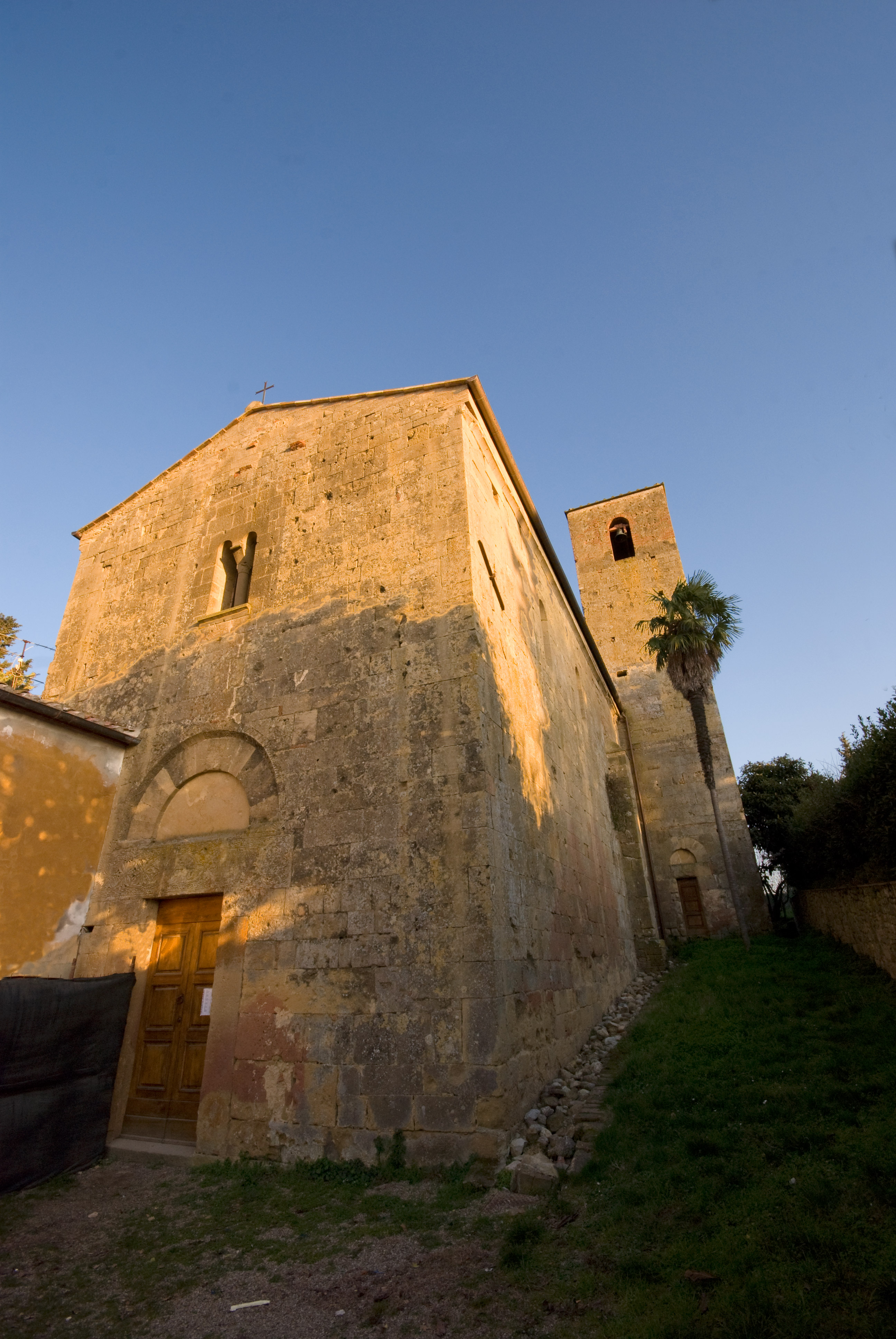|
San Pietro A Cedda, Poggibonsi
San Pietro a Cedda is a Romanesque architecture, Romanesque-style, former Roman Catholic church located in the frazione of Cedda in the town of Poggibonsi, Province of Siena, region of Tuscany, Italy. History This church is first documented in 998, when the Marquis of Tuscany, Ugo, donated this church the Abbey of Marturi. In 1046, it is cited as being under the Pieve di Sant'Agnese, Castellina in Chianti, Sant'Agnese a Castellina in Chianti. The stone façade of the church is simple but decorated in foliated reliefs on the round portal. The mullioned window above the portal has a mysterious dedication to R, S, A, Ω. The apse has columns with decoration with human and animal forms. Traces of frescoes from the 13th century exist. The church also once had a triptych depicting the ''Madonna and Child with Saints Francis, Peter, Paul, Augustine, and donors'' painted by Ventura del Moro, also known as Pseudo Ambrogio di Valdese. Stolen in 1979, after recovery it has been housed in the ... [...More Info...] [...Related Items...] OR: [Wikipedia] [Google] [Baidu] |
Romanesque Architecture
Romanesque architecture is an architectural style of medieval Europe characterized by semi-circular arches. There is no consensus for the beginning date of the Romanesque style, with proposals ranging from the 6th to the 11th century, this later date being the most commonly held. In the 12th century it developed into the Gothic style, marked by pointed arches. Examples of Romanesque architecture can be found across the continent, making it the first pan-European architectural style since Imperial Roman architecture. The Romanesque style in England and Sicily is traditionally referred to as Norman architecture. Combining features of ancient Roman and Byzantine buildings and other local traditions, Romanesque architecture is known by its massive quality, thick walls, round arches, sturdy pillars, barrel vaults, large towers and decorative arcading. Each building has clearly defined forms, frequently of very regular, symmetrical plan; the overall appearance is one of simplic ... [...More Info...] [...Related Items...] OR: [Wikipedia] [Google] [Baidu] |

